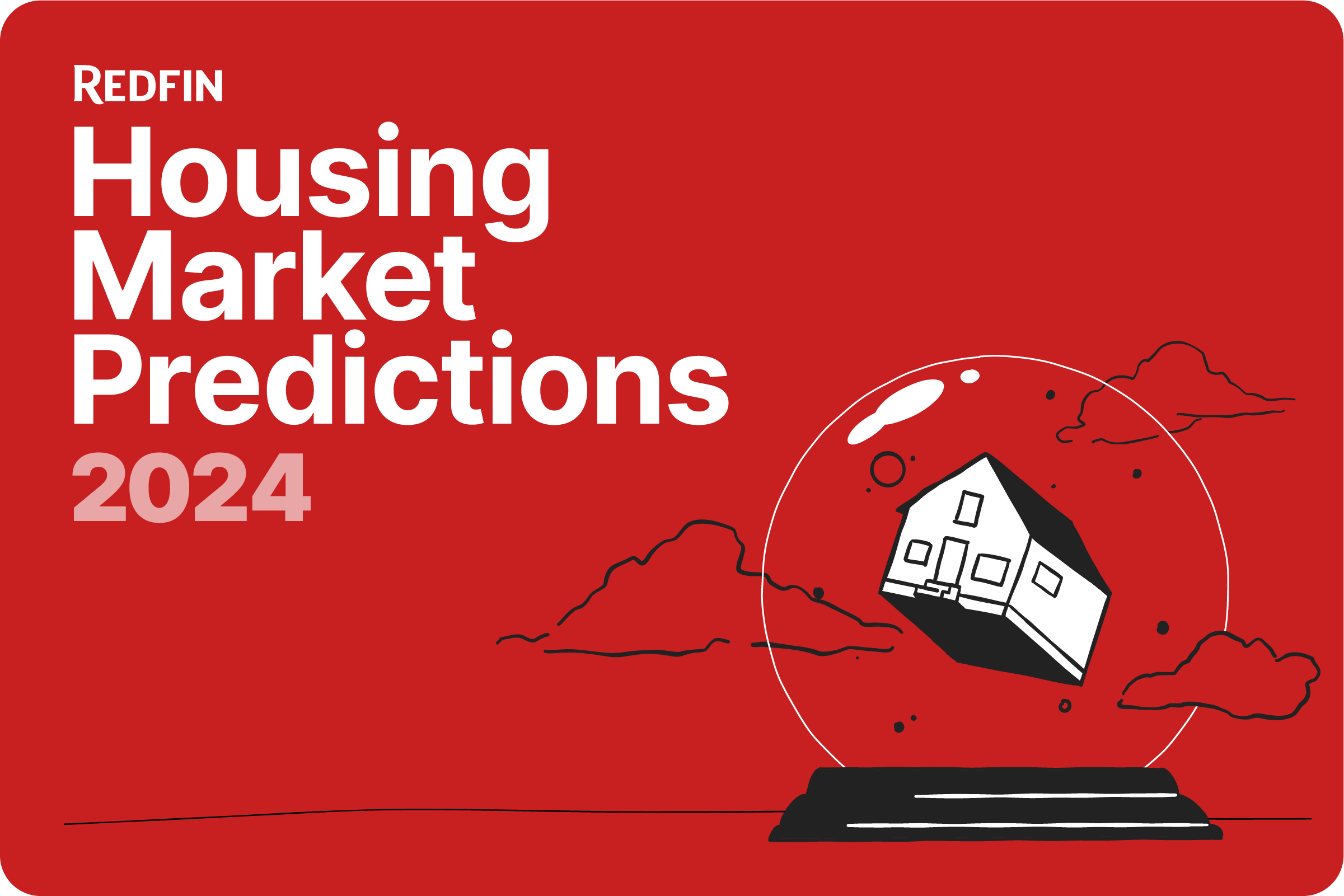The rental property market has shown resilience and adaptability in recent years, and 2024 is expected to bring a host of new dynamics as the housing market continues to shift. Whether you are a seasoned investor or a first-time landlord, understanding the upcoming trends in rental properties is essential to make strategic decisions. Here are the key rental property market predictions for 2024.
1. Increased Demand for Rental Units
The demand for rental properties is expected to remain high in 2024. As home prices and mortgage rates continue to fluctuate, many potential buyers may find themselves priced out of the housing market, leading to a greater reliance on rental properties. Millennials and Gen Z renters are particularly influential in this trend, as they often prioritize flexibility and affordability over homeownership.
Why It Matters: For landlords, this sustained demand can mean higher occupancy rates and potentially increased rental income. However, competition among rental properties is also expected to grow, making it vital to offer desirable features and amenities to attract and retain tenants.
2. Shifts in Urban and Suburban Preferences
Urban areas have historically been hot spots for rental demand, but the past few years have shown that preferences are shifting. With the rise of remote work and the desire for more space, many renters are moving away from dense urban centers to suburban or even rural areas where they can find larger homes at more affordable prices.
Investor Insight: Suburban and smaller city markets are expected to see significant growth in rental demand. Investors should consider diversifying their portfolios by exploring properties in these emerging markets, as they may offer better cash flow and less competition compared to traditional urban locations.

3. Rising Rents Amid Inflation
With inflation continuing to impact the economy, rental prices are predicted to rise in 2024. Property owners may need to adjust rental rates to keep up with higher property maintenance costs, utilities, and general inflation. However, this increase can vary widely depending on the location, type of property, and economic conditions of the area.
What Landlords Should Know: While rent increases may be necessary to cover rising expenses, landlords must remain mindful of local rent control laws and the risk of losing tenants due to high prices. Balancing rent adjustments with tenant satisfaction will be key to maintaining a steady occupancy rate.
4. Greater Emphasis on Sustainability and Eco-Friendly Features
The push for eco-friendly living has become a defining factor in rental property preferences. Tenants, particularly those from younger generations, are increasingly prioritizing sustainability. Properties with energy-efficient appliances, solar panels, and environmentally friendly construction materials are in higher demand.
Advantages for Property Owners: Incorporating sustainable features can make properties more attractive to potential renters and justify higher rental prices. Additionally, properties with green certifications often have lower utility costs, which can make them more appealing to tenants looking to save on monthly expenses.

5. Technology Integration and Smart Home Features
The demand for smart home technology is growing as renters seek modern, convenient living experiences. Features like smart thermostats, security systems, and app-controlled lighting are becoming more common in rental properties. This trend is especially popular among tech-savvy millennials and Gen Z tenants.
Investor Strategy: Landlords who invest in smart home technology can set their properties apart from the competition and potentially command higher rents. Moreover, properties equipped with technology that improves energy efficiency can appeal to eco-conscious renters, aligning with broader sustainability trends.
6. Short-Term Rentals and the Rise of Hybrid Markets
The rise of short-term rental platforms like Airbnb has transformed the rental market, offering new opportunities and challenges. While some cities are tightening regulations on short-term rentals, others are embracing them as part of their local economy. The balance between long-term and short-term rental strategies will be crucial for property owners.
Considerations for Landlords: Investors should be aware of local regulations concerning short-term rentals and adjust their strategies accordingly. In markets where short-term rental demand is strong, owning a property that can be rented out on a flexible basis can provide a significant source of income. In contrast, long-term leases may offer more stability and less management hassle.
7. Increasing Popularity of Co-Living Spaces
Co-living is a trend that continues to grow in popularity, particularly among younger renters who value community and shared living experiences. Co-living spaces, where multiple tenants share common areas and facilities while maintaining private bedrooms, are often more affordable than traditional rental units.
Why This Matters: Co-living can be an attractive option for property owners looking to maximize space and rental income. These setups can also reduce vacancy rates as they appeal to a diverse group of renters, including young professionals, students, and those new to a city.

8. Greater Demand for Flexible Lease Terms
The shift toward more flexible work arrangements has influenced renters’ expectations regarding lease terms. Many renters are now looking for properties that offer flexible lease options, such as shorter-term leases or the ability to sublet.
What Landlords Should Consider: Providing lease flexibility can be a competitive advantage, especially in areas with a transient population or a high influx of temporary workers. This could mean offering month-to-month lease options or accommodating remote workers with properties that are well-suited for long stays.
9. The Impact of Remote Work on Rental Preferences
Remote work has reshaped rental property preferences, with many renters seeking homes that accommodate a work-from-home lifestyle. Properties with additional bedrooms, dedicated office spaces, or larger living areas are in higher demand.
Opportunity for Investors: Properties that are well-suited for remote work can command higher rental prices and attract tenants willing to pay more for the comfort and functionality they need. Ensuring properties have fast internet access and dedicated workspace areas can make them stand out in a competitive rental market.
10. Rising Competition Among Landlords
As rental property demand continues to grow, so does competition among landlords. More investors are entering the market, seeking opportunities to capitalize on high rental rates. This competition can lead to better property management, improved amenities, and more strategic pricing.
Key Takeaways for Investors: To stay competitive, landlords must focus on tenant satisfaction, property maintenance, and staying up to date with market trends. Creating an attractive rental experience that goes beyond just the physical space can lead to longer-term tenants and better returns.
Conclusion
The rental property market in 2024 is poised for growth, driven by factors such as rising demand, changing preferences, and economic shifts. Investors who pay attention to these trends—whether it’s incorporating smart technology, offering sustainable living options, or adapting to new lease preferences—will be well-positioned to succeed. The key is to remain adaptable, keep an eye on market dynamics, and understand the evolving needs of renters to make informed investment decisions.

Hello welcome to my real estate service blog
